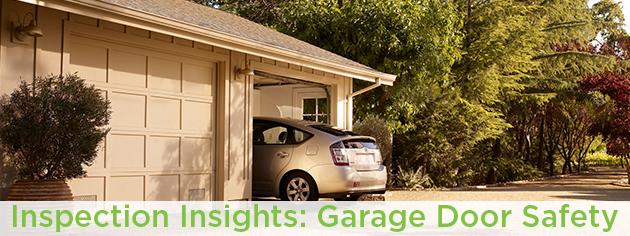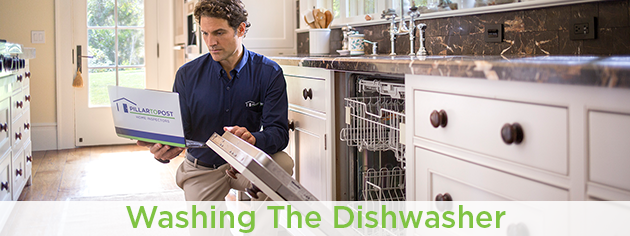
Your garage vehicle door may be the largest moving object in your home and could weigh up to 400 pounds. For your safety make sure it’s in good condition.
Overhead garage doors have gravity to deal with. In the absence of some type of balancing mechanism, the door would slam shut as soon as you let go of it. Older garage doors may employ a weight and pulley system to balance the weight of the door however virtually all modern systems use springs. Regardless of the method used, the door should balance. If you open the garage door about half way and let go, it should balance there.
Spring failure: The springs used to balance the weight of the door are under enormous stress. If a spring were to break, flying pieces of metal could cause serious injury. Modern spring systems incorporate safety features to prevent flying metal in the event of a spring failure. Extension springs should have a cable running down the middle of the spring to contain the spring upon failure.
Automatic opener: Automatic door openers are not a replacement for a properly balanced door. The opener is not powerful enough to lift the entire weight of the door. The opener works with the help of the springs or counter balance system. An automatic garage door opener should stop and reverse on meeting an obstruction. Many systems manufactured prior to 1982 may stop but not reverse, these older systems should be upgraded. Today, some form of external entrapment protection is required. An electric eye is the most common system used. If your garage door opener does not have an electric eye system, you may be able to upgrade it without replacing the entire system.
Emergency release: During a power failure the garage door may be impossible to open. Most automatic garage door openers have an emergency release to disengage the garage door from the opener. Once disengaged, you can open the door by hand. It is usually a short rope hanging from the unit. Pulling the rope disengages the door from the automatic door opening mechanism.
Read more helpful tips in our May 2016 edition of ePostNotes.


 icon and select "Add to Home Screen".
icon and select "Add to Home Screen".

